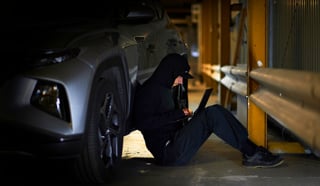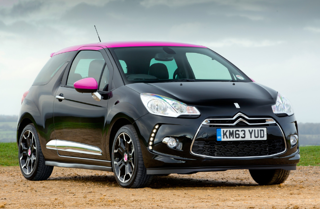Why do accidents happen – and how do you define an accident?
Chris Roberts: We have to understand how and why collisions happened. For example, the driver has seen the video and done the training, so why have they not followed it? This told us that there were many things that we had not considered as potential hazards. We also get drivers to explain why they think the collision happened.
Ian Hovell: It’s about understanding the root cause analysis which includes how systemic company-wide issues could be additional causes behind the incident, for example, time pressures or inadequate vehicles.
Ted Sakyi: Our board has now bought-in with the road fleet. We constantly plug away and make them aware of the issues we face. Fleet isn’t a core business, but business can’t happen without the fleet so it is key to what we do. We work with health and safety and HR to educate people to understand the fleet needs to be treated in the same way as all the other areas of the business.
Ian Hovell: Accident, incident, collision – it’s all the same. Something has happened and you have to deal with it. They key is what you do to manage it.
Neil Shaw: I don’t agree. Language makes a difference. It’s not okay to have an accident; you can’t accept that it’s inevitable.
Ted Sakyi: It’s the bottom line to the business and it costs you money to put it right.
Julie Fitzell: We call them events because you have to measure everything; for example, a driver running late is an event.
Ian Hovell: Near miss reporting is important to identify.
Helen Bolton: It’s important to know your drivers so you can deal with each incident appropriately. We also look at third-party fault: if a driver regularly has them, are they a hesitant driver, for instance.
Ted Sakyi: When someone has an accident, we try to identify why it happened. We examine their working week and their schedules. For example, have they been working overtime? Fatigue can play a role in it and then the business has to look at it.
Chris Roberts: We are looking at the visibility of our vans. We have trialed high visibility livery and the results have been positive. We are now putting it on to more vehicles.
What measures do you have in place for post-incident rehabilitation?
Chris Roberts: We offer access to healthcare professionals, for example, stress-related and trauma, regardless of liability and this is for physical as well as mental problems.
Neil Shaw: We offer additional training, especially if they have been off work for a while, and then they have an assessment before they are allowed back on the road.





















Login to comment
Comments
No comments have been made yet.